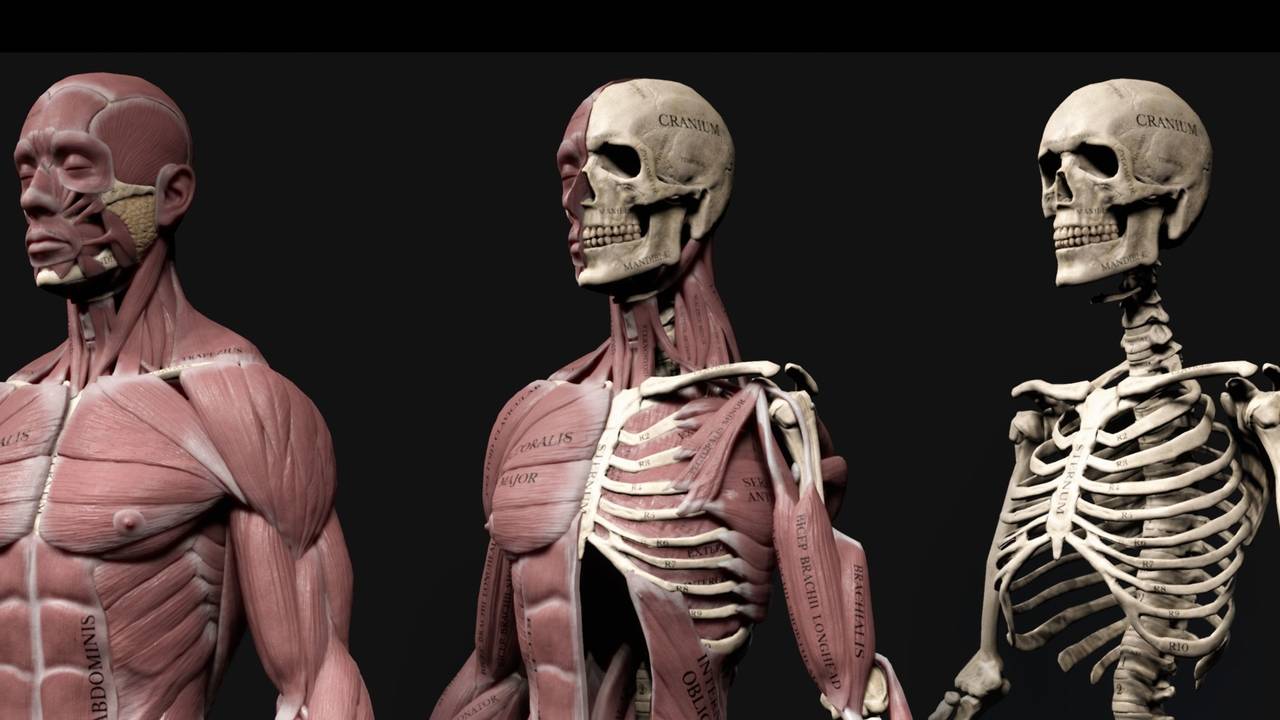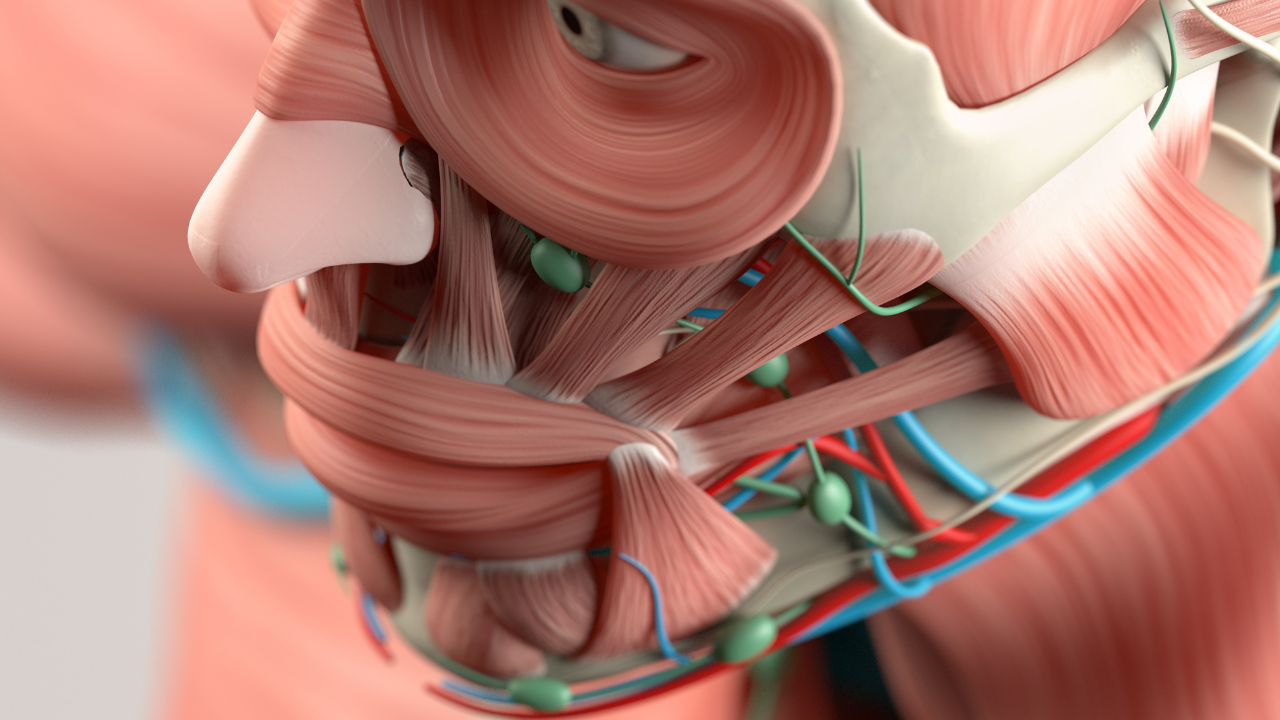The Orofacial Complex Course
Understanding the Orofacial Complex will provide the participant a comprehensive understanding of the foundations in orofacial myology.
Instructors
Kristie Gatto, MA, CCC-SLP, Certified Orofacial Myologist, #162
Amanda Chastain, MA, CCC-SLP, Certified Orofacial Myologist, #165
This course is limited to licensed SLP, DDS, PT, OT or country equivalents.
Submission of license (or equivalent) is required at the time of registration


ASHA CE Provider approval and use of the Brand Block does not imply endorsement of course content, specific products, or clinical procedures.
The Orofacial Complex Course: Parameters
This course will provide the participant a comprehensive understanding of the foundations in orofacial myology. Parameters will include developmental anatomy/physiology, dental, speech, medial etiologies, diagnostics, treatment planning, habit elimination, ethical scope of practice considerations and the didactic interaction of the orofacial complex from birth.
35 contact hours to meet the requirement for certification
(Pre-recorded information: 15 hours, Live information: 20 hours)
Learning Outcomes
The participant will be able to identify and complete an assessment with an 80% passing rate with the following:

- Will identify the science of Orofacial Myofunctional Disorders and the evolution from early treatment practice.
- Will define the basic terms in Orofacial myofunctional disorders, oromotor dysfunction, temporomandibular disorders, and parafunctional habits.
- Will identify the developmental stages from embryology of the oropharyngeal complex.
- Will identify the basic anatomy of orofacial complex as it relates to the hard and soft tissues and the cranial nerves

- Will identify the muscular complex that most closely is associated with the orofacial myofunctional disorders
- Will list the importance of the airway, respiration, and patency of the oropharyngeal complex and classification systems for oropharyngeal isthmus (mallampati) and tonsillar classifications
- Will identify classifications of occlusion
- Will identify normal feeding developmental milestones and typical age-related disruptions

- Will identify common orthodontic appliances, both functional and retaining
- Will identify the 4 basic phases of the normal swallowing process
- Will identify the parameters for the five stages of mastication, deglutition, bolus formation, bolus transit, as it relates to solid/liquid/saliva consumption
- Will identify structural anomalies of the head/neck, including tethered oral tissues, cleft lip/palate, and facial dysmorphology.

- Will identify the variances in swallowing patterns and resting postures
- Will identify the development of feeding patterns, and associated speech patterns
- Will demonstrate a comprehensive clinical examination for a patient with an OMD that includes structural identification and description, functional movements of the structures, and the dynamic movements in swallowing.
- Will identify the hierarchy of the development of orofacial movements appropriately and incorporate this hierarchy into a treatment plan

- Will identify professionals that may be referred to regarding patient care, the why, and establishment of a collaborative model
- Will identify the impact of non-nutritive sucking habits on the orofacial complex
- Will identify techniques of habit elimination in treatment planning.
- Will identify the underlying principles of behavioral modification and reinforcers

- Will identify a skill base with therapeutic exercises for treatment of orofacial myofunctional disorders
- Will list the importance of habituation and integration into everyday life
- Will list variances to the “typical” treatment plan for special populations

- Will identify the components appropriate for universal precautions and aseptic techniques for therapeutic intervention
- Will list appropriate documentation necessary for effective case management
- Will identify appropriate systems for business application and management that includes record keeping, HIPPA compliance, marketing, and financial aspects.
ACTIVITY CONTENT, METHODOLOGY AND LEARNING RESOURCES: TIME- ORDERED AGENDA
LENGTH OF TIME REVIEW
15 hours Pre-Recorded Videos (available approximately 3 weeks prior to the LIVE course)
Each section consists of notes overview and an assessment of the material that is required with a passing result to advance to the next session. Downloads of the text books and notes are provided at the beginning of each section. Only the notes are available to be printed.
- Part 1 The history 1 hour, 15 minutes
- Part 2 Embryology 1 hours, 15 minutes
- Part 3 Sensory and movement 40 minutes
- Part 4 Skeletal systems 1 hour, 8 minutes
- Part 5 Breathing 1 hour, 7 minutes
- Part 6 Jaw 45 minutes
- Part 7 Lips 45 minutes
- Part 8 Tongue 40 minutes
- Part 9 Soft palate, pharynx, larynx 50 minutes
- Part 10 Dental 1 hours 30 minutes
- Part 11 Contributing Factors 50 minutes
- Part 12 Cranial Nerves 25 minutes
- Part 13 Swallowing 25 minutes
- Part 14 Normal development 40 minutes
- Part 15 Common disruptions 1 hour, 45 minutes
- Part 16 Asepsis 20 minutes
- Part 17 Business 20 minutes
- Part 18 Marketing 35 minutes
- Part 19 Orthodontics and therapy 30 minutes
LIVE PORTION
Classes offered either online via zoom or in-person - 20 hours over three days
Day 1
ASSESSMENT
6 hours, 45 minutes
Day 2
TREATMENT
6 hours, 45 minutes
Day 3
TREATMENT PLANNING & CASE STUDIES
6 hours, 30 minutes
REGISTRATION
WHY CHOOSE US for your Continuing Education Credits?
LOCATION:
15850 Crabbs Branch Way #150
Rockville MD 2085
Hostess: Amy Wetherill
Register for
Jan 22-24, 2026
To meet satisfactory completion per ASHA requirements, the learner must review a minimum of 2 case studies and provide a detailed discussion of the parameters of a plan of care, including referrals, goals, and treatment strategies. All discussions and plans will be submitted for review prior to the earning of continuing education credits.

